Receive my warmest greetings, hope you have an amazing day with many of good vibes, God bless you!... 🔆
The sprouts, the oldest "live" food, allow us to enrich salads and other foods. By eating germinated seeds, you are incorporating authentic vital energy concentrated in all the cells of the body, favoring health and extending life.
They are a gift of nature that we can cultivate ourselves.
Being a living food increases its nutritional value that remains intact until the moment it is eaten. The whole bud can be eaten, including the roots and leaves; in salad, sautéed, in tortillas or as part of various cooked dishes. Its richness in enzymes, chlorophyll, amino acids, minerals, vitamins and trace elements makes them whole foods that help correct the deficiencies of modern food. It should be clarified that to be a "live" food, you must eat raw, although you can also use the sprouts for cooked preparations, but the heat of the cooking always generates loss of nutrients, as with all foods.
When seeds of cereals or legumes are germinated, they become an easily assimilable food because they release all the encapsulated nutrients and improve the nutritional value of the seed, the plant or the fruit.
The buds are a predigested food, therefore they help their own digestion, suitable for delicate stomachs and allow the organism to rest and regenerate.
They can be grown and kept at home, therefore they are very economical, besides having the security of consuming a product that has not been adulterated or sprayed with insecticides or chemical fertilizers, it can be available at any time of the year with the guarantee that its nutrients are of high biological quality because otherwise the seed would not germinate.
The seeds that are germinated for consumption are the following:
Legumes: soybeans, alfalfa, lentils, chickpeas, green chickpeas or Chinese beans, beans (the adzuki, boat, lime, pinto, Mung varieties) clover, fenugreek, and peas.
Cereals: wheat, oats, barley, rye, quinoa, spelled, buckwheat and millet.
Oleaginous plants: Sesame, sunflower, flax, almond, peanuts,
Vegetables: cabbage, pumpkin, cauliflower, kale, broccoli, radish, amaranth, fenugreek, watercress, leek, celery, onion, chives, radish, etc.
Spices, medicinal plants or aromatic plants: anise, coriander, fennel, garlic, basil, dill, mustard, hemp, psyllium.
🌱 to do you need:
- Plastic container with wide mouth, in this case I used one of mineral water, it will be our container.
- Tights for sneakers or some thin fabric, this to conserve moisture.
- elastic, if necessary.
- Grains or legumes, here I used lentils.
- Water
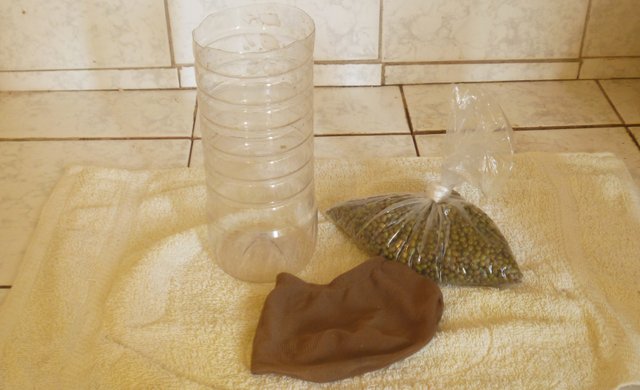
🌱Step 1 💧
The selected grains or seeds are left soaking in water overnight, they will absorb the water and double in size.
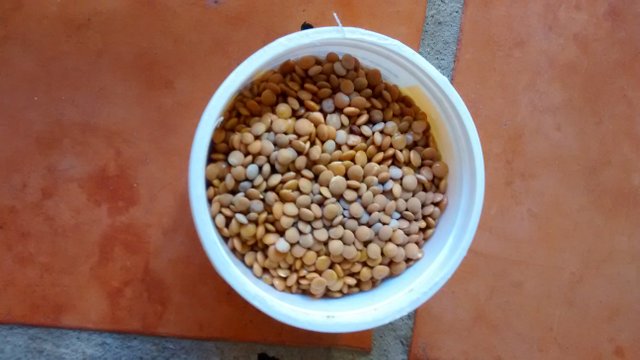
🌱Step 2 💦
Sink the water, wash several times, return to the container.
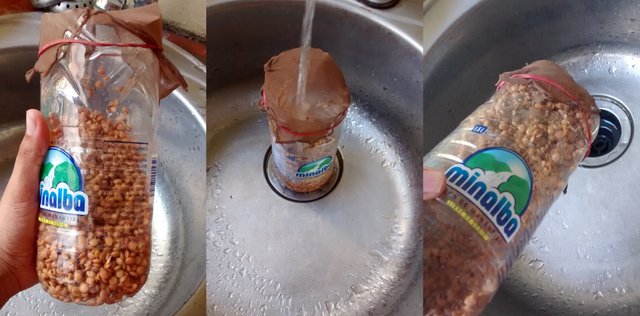
🌱Step 3 📐
we place the grains to germinate again and leave it in vertical position all night, this to create space and let it germinate easily.
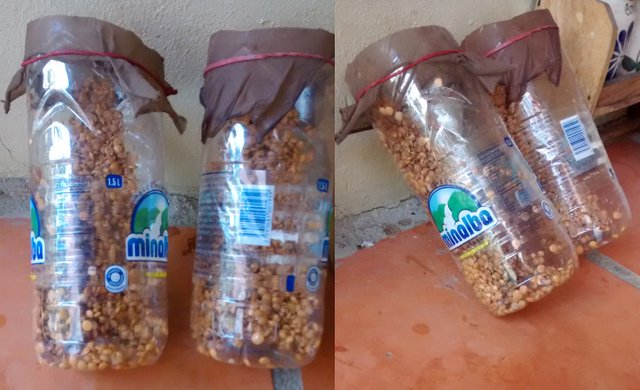
🌱Step 4 💦📐
Repeat step two and three until the sprouts reach the desired size, in 3 or maybe 4 days they are ready.
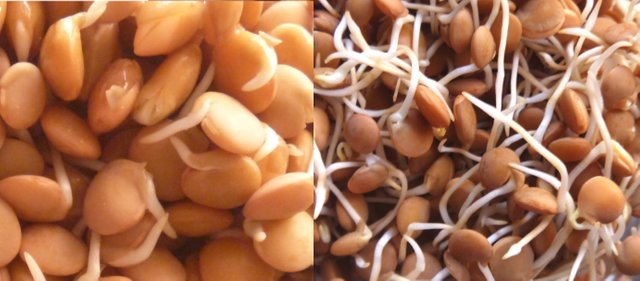
Hope you like it, have you ever try the sprouts? I'd love to read your answer in the comments 😊 have a nice day, God bless you.
The gallery are mine.
Here the sources where I consulted the information for the post.